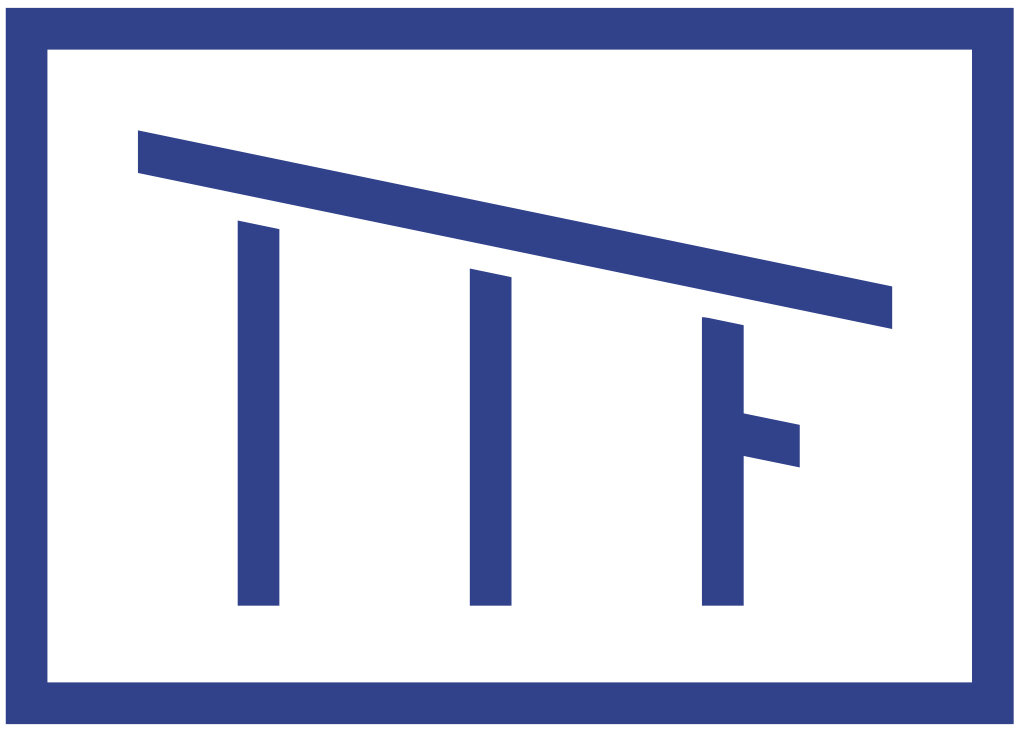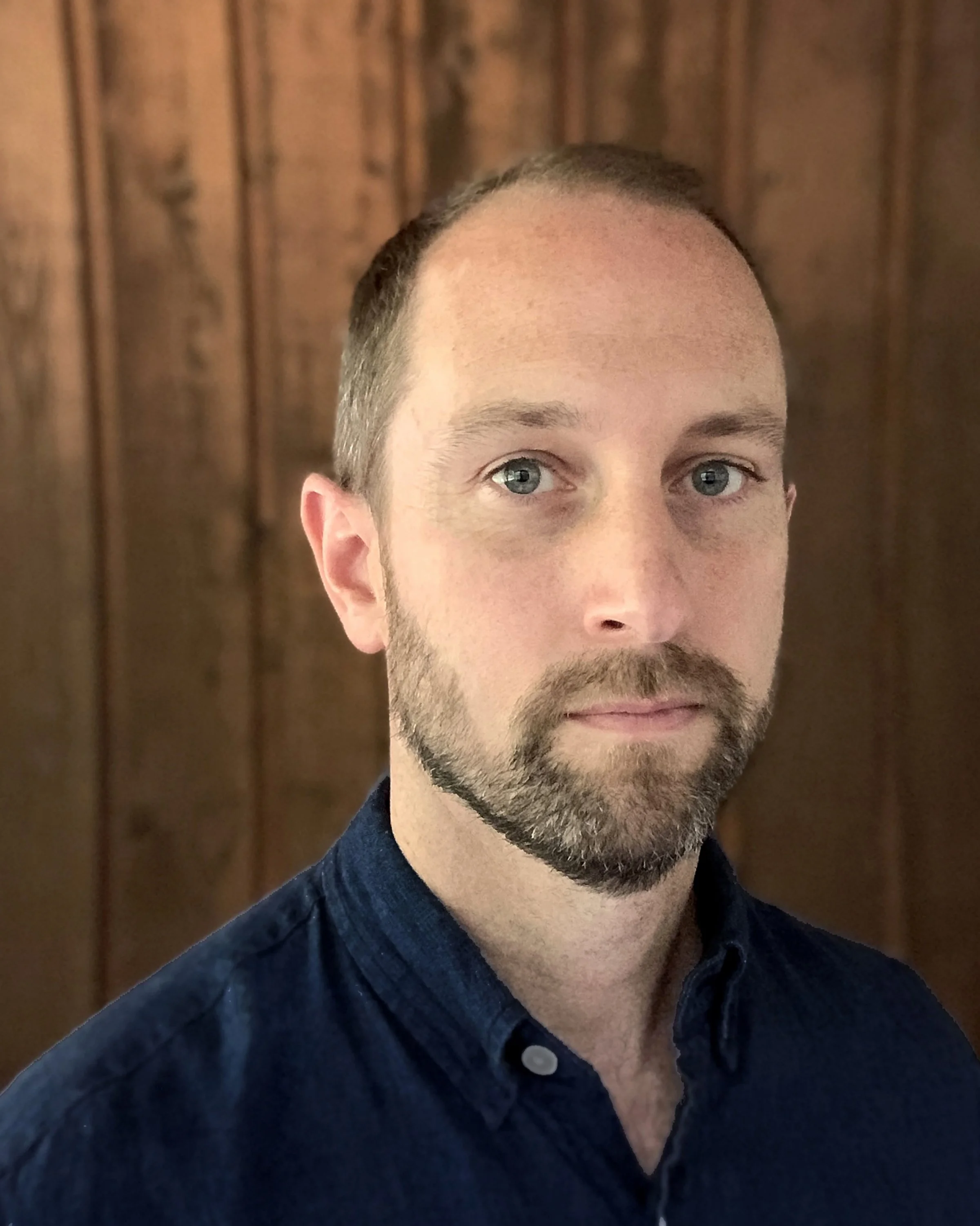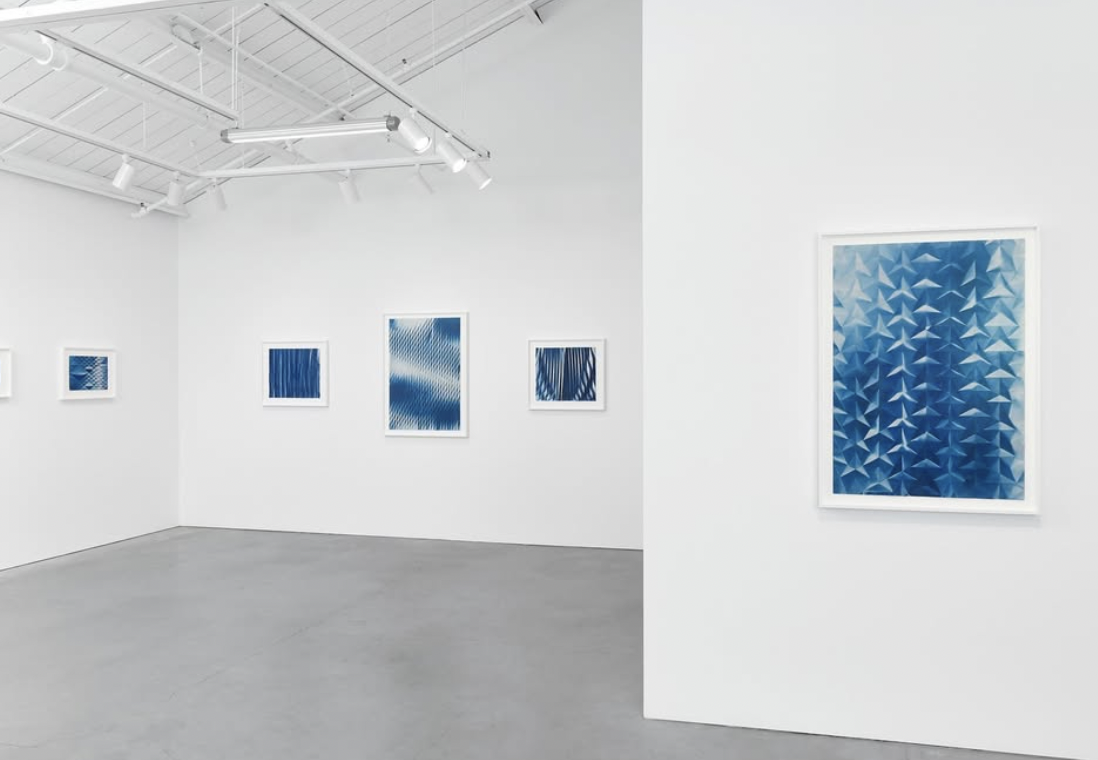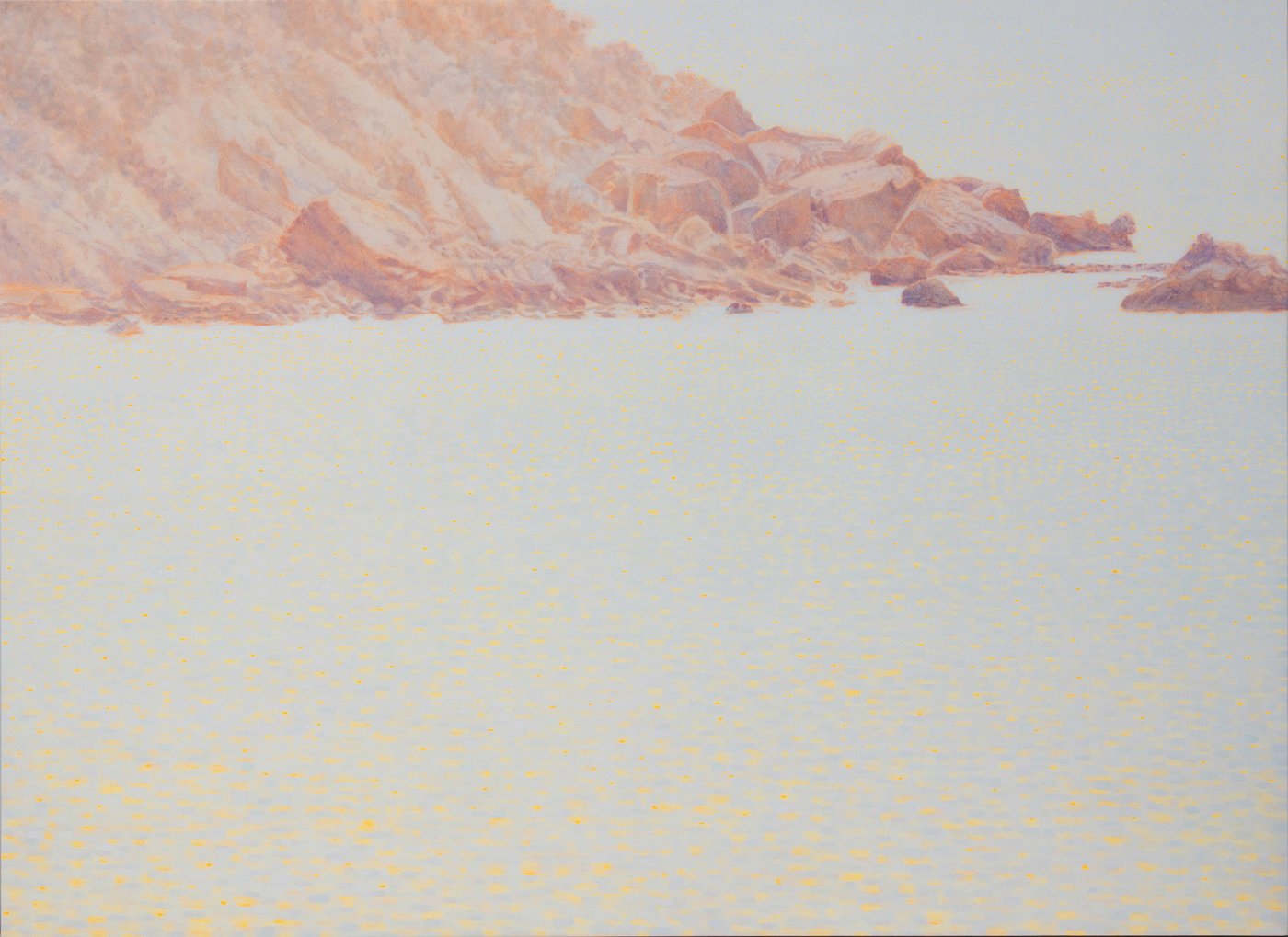Fritz Horstman
Fritz Horstman is an artist, curator, and educator based in Bethany, Connecticut. Upcoming solo exhibitions will be held at the New Britain Museum of American Art in New Britain, Connecticut; at Municipal Bonds in San Francisco; and at Planthouse Gallery in Manhattan. Recent residencies include The Arctic Circle Residency and The Bauhaus Residency. He has curated exhibitions across Europe and the US, including Anni Albers: In Thread and On Paper, which was most recently at the Blanton Museum of Art in Austin. As Education Director at the Josef and Anni Albers Foundation, he is author of Interacting with Color: A Practical Guide to Josef Albers’s Color Experiments.
Artist Statement
Subjectivity and objectivity oscillate in interesting ways when one looks closely at the systems that make up our world. Aspects of nature that may at first appear fixed and unchanged by human hands take on fluid and fungible features when closely observed. What may seem to be highly personal can expand to something universal. This perceptual fluidity informs the formal, spatial, and environmental concerns that run through all of my Folded Cyanotypes and sculptures. Attention to material and process is paramount.
Folded Cyanotypes is a series of two-dimensional objects, which carry the memory of light, three-dimensional space and manual manipulation, and which stem from an interest in natural structure. Made by first folding paper by hand into an intricate pattern. After unfolding it, cyanotype photographic fluid is applied. Working in the dark to protect the light-sensitive material, the paper is refolded, then placed in natural light, and sometimes manipulated using mirrors and lenses. The paper is then rinsed in water and pressed flat to dry. What was exposed to light in the process turns blue when developed, and what was not remains white, furthering the spatial complications by reversing lightness and darkness.
The formal element of a U-shaped valley is drawn from the glacially formed landscape of much of northern Europe and North America, including the Great Lakes region. When formed by a glacier, a valley will typically have a U-shaped profile, while a river-formed valley will typically be V-shaped. Through a variety of materials, the U-shaped valley sculptures look at the relationships between form and void, and between nature and culture on both an intimate and grand scale.
Glaciers have a sort of geomorphic charisma. Their form, power, and vulnerability draw us to them. The voids of the sculptures are approximately human in proportion, and so we can imagine our bodies taking the place of the receded glaciers, our materials pilling up or interweaving to create the new landscapes. Conflating and comparing the forces of culture and geomorphology, the sculptures invite us to consider the landscape with greater empathy. Created carefully, though obviously handmade, they draw upon textile and woodworking traditions of craft and industry. Materials are chosen and arranged specifically.
By conflating and overlapping the subjective and objective, form and void, flatness and three-dimensionality, nature and culture, my Folded Cyanotypes and sculptures celebrate the potential of fluidity.
At Tusen Takk
With the glacially carved Lake Michigan at my doorstep, I intend to use my residency at Tusen Takk to create sculptures that extend my U-Shaped Valley series. Parallel to that, I will create new and larger Folded Cyanotypes, possibly incorporating other photo and print techniques.
Instagram: @fritzhorstman
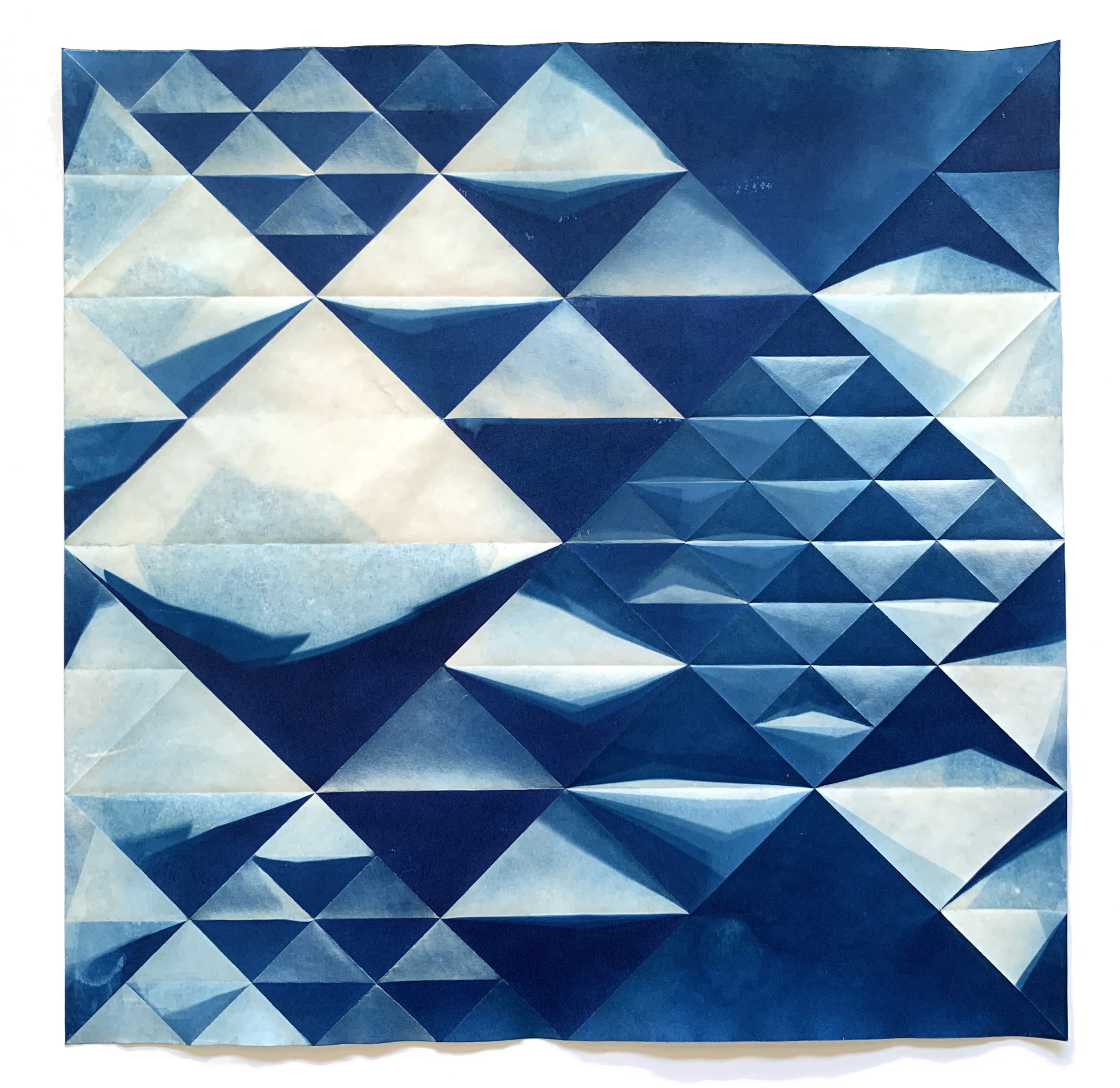
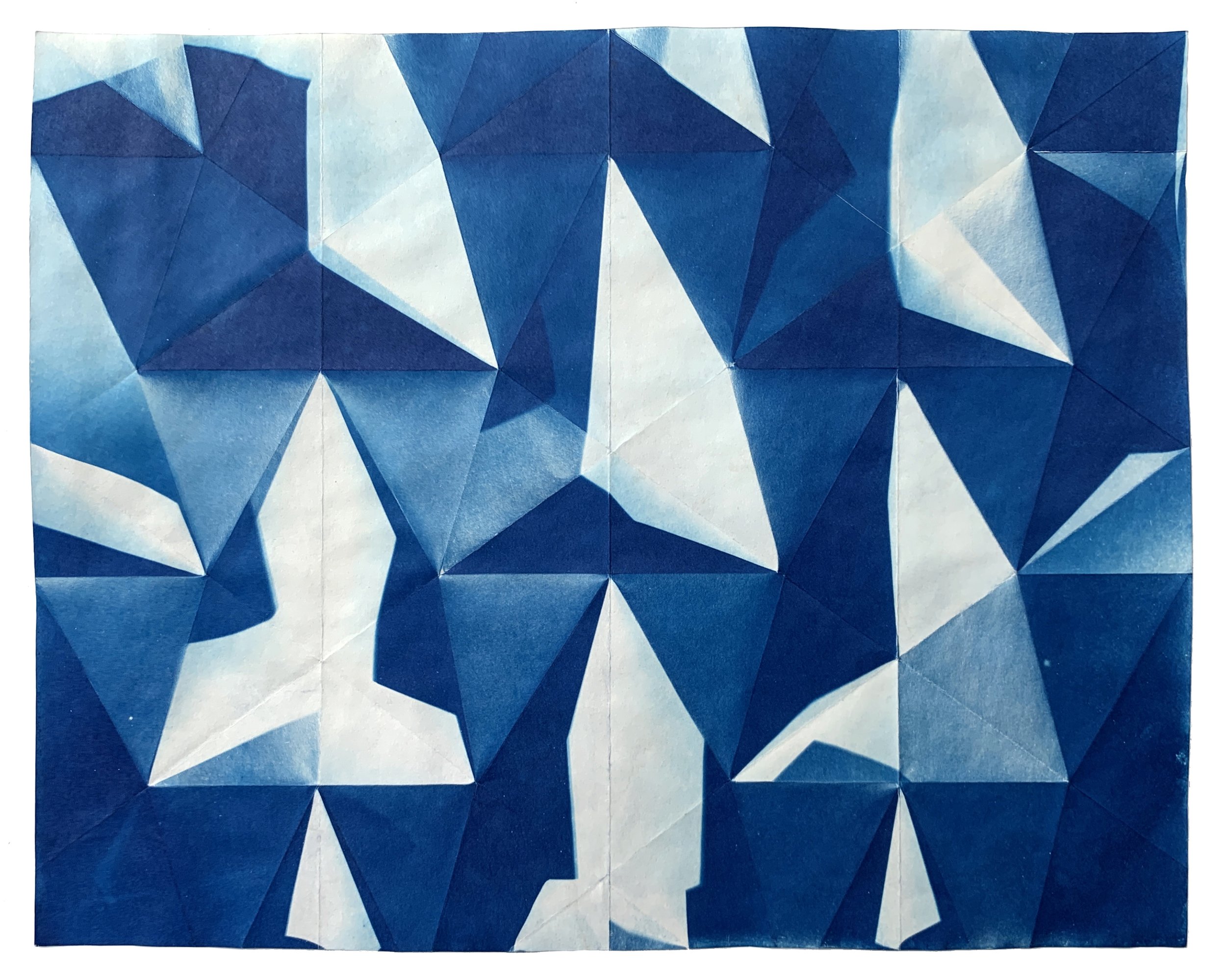

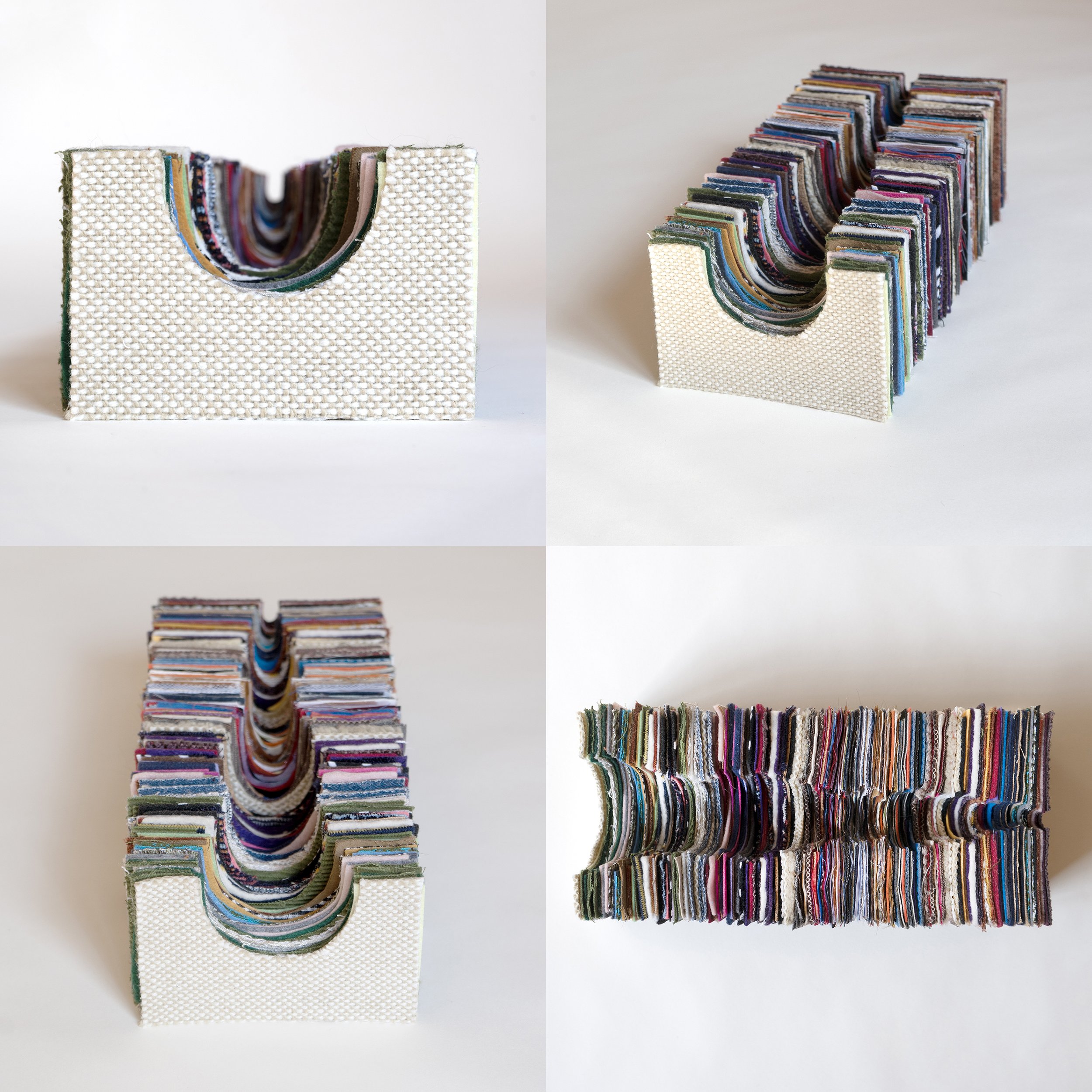
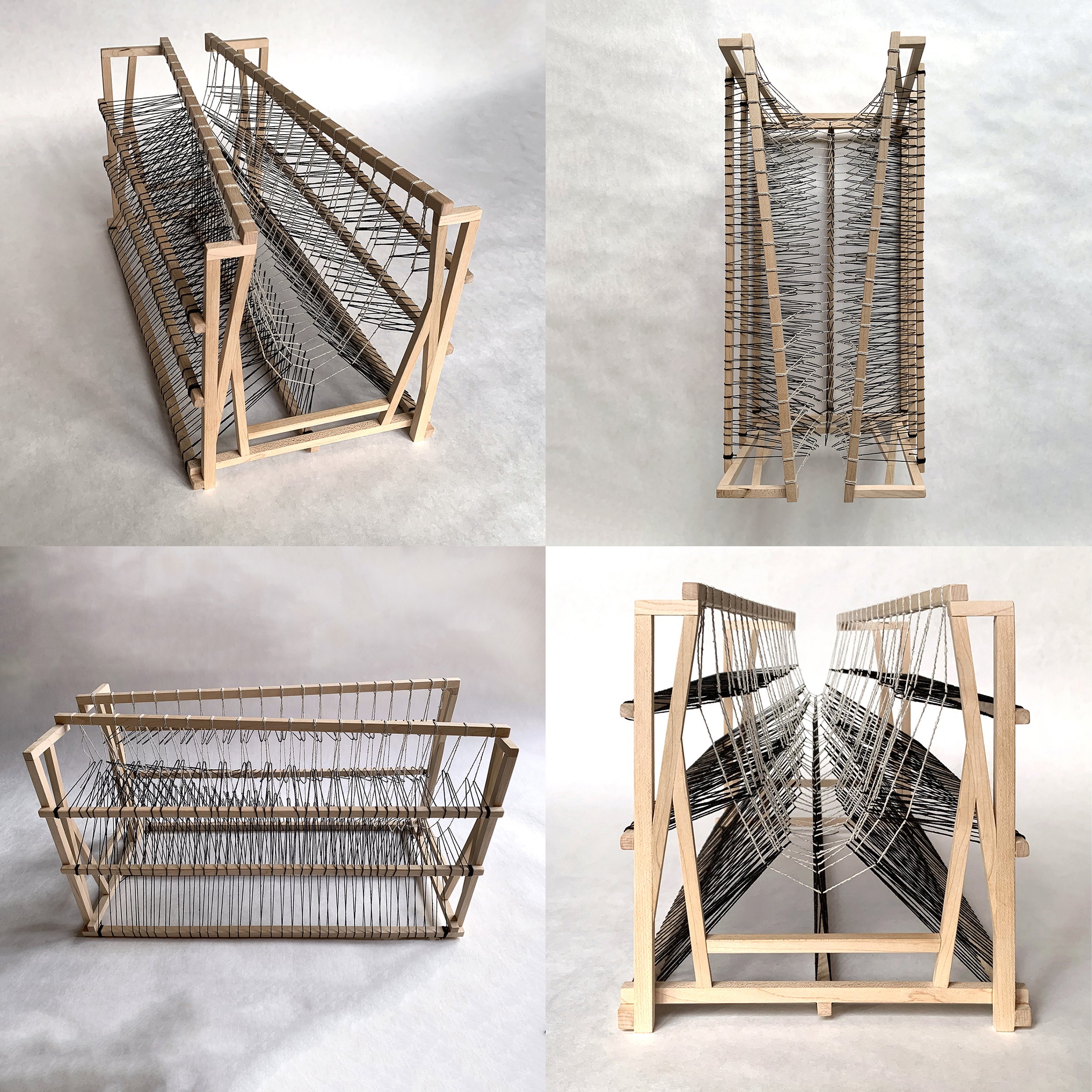
Related News
